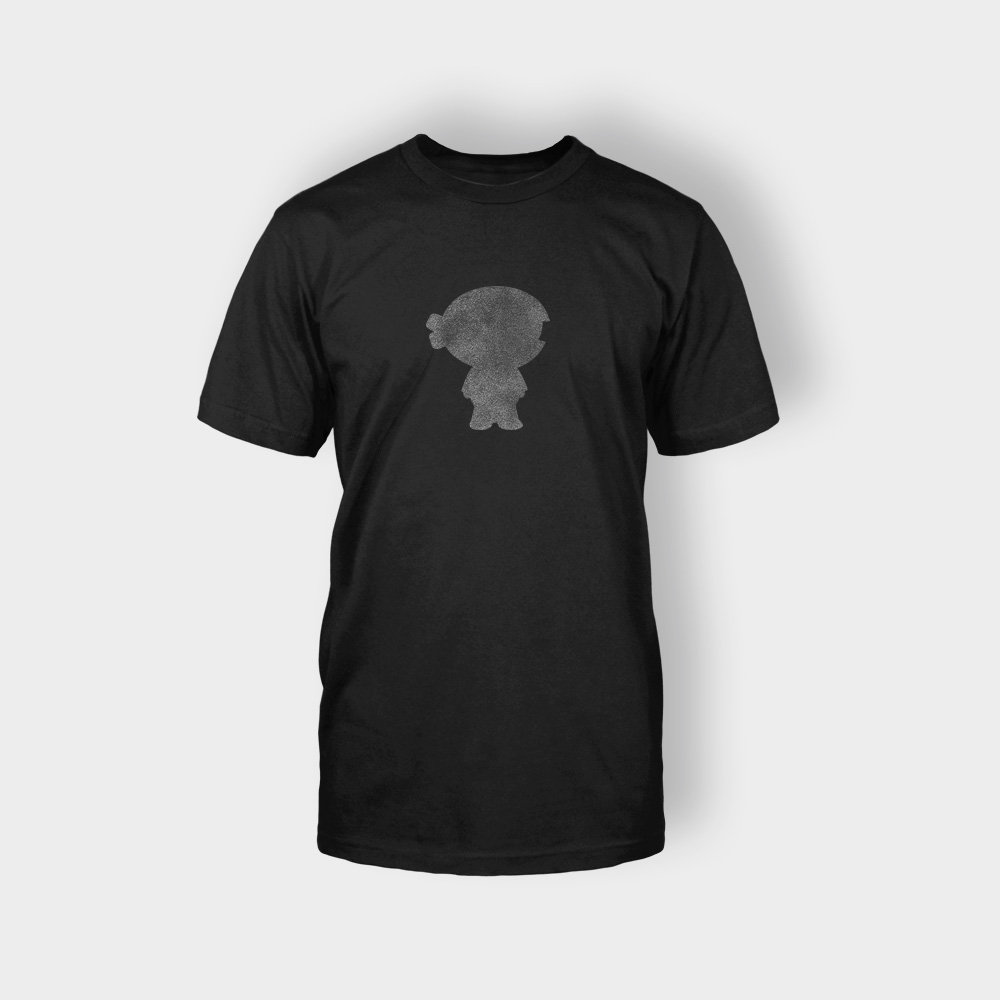When Henry Townsend arrived Abeokuta with copies of Iwe Irohin fun awon ara Egba in 1859, I can imagine that a lot of people were in awe of his product… with sounds of excitement ringing through the church hall as the newsprints — the first newspaper in Nigeria — were distributed across the pew. Oh, wait. If I remember the history of Nigeria journalism clearly… *scratches head* …were copies of Iwe Irohin distributed during the service, posted on the church notice board or sold on the street?
Before then, were the people of Abeokuta content with the popular mechanism for disseminating information — words of mouth? We were told that back in those days people depended on African Communication System [ACS] — oral, talking drum, town hall meeting, village square gathering, dance drama, etc. in sending and receiving information.
The process, as we have in this present time, contained the core element of message transmission: [a sender who encodes], [the message or news], [for the receiver to decode] and [send feedback].
As the information passed through these various channels to reach its intended audience, there must have also been cases of message distortion, interruption, dilution, misinterpretation, etc. For example, a town-crier who accurately relayed the message about a village meeting called by the village head would rely on those who heard him make the announcement at the market square to pass it on to those who were not there. How and when the message is conveyed is beyond his control.
But this article is not about ACS or market town-criers. It is a reflection of how the state of the media has continued to evolve…since Townsend’s Iwe Irohin.
No. More like how the media has evolved within a year of our being in Grad school. In just one year, a lot has changed.
Top on the list — technology has swallowed journalism. Most of us graduating in a few weeks will not meet the business as usual. Roles have shifted, titles have changed. VR and/or data journalism are the new sexy.
If you ask some experts, you will hear that it is not like most of what is happening took them by surprise…Some thought leaders have so clearly articulated what the future of the media will look like globally in days to come — we’ll see more rugged investigations, more newsroom collaborations… like the case of Panama Papers…it became the biggest leak in history not just because of the weight or volume of the document but also because the engine of media houses across the selected countries affected worked together to expose them. And social media users helped amplify the story.
The state of the media will continue to be decentralized —time to learn to be your own journalist — thank you, social media…I mean, Facebook. Even public relations professionals are also talking about how this trend is reshaping that arm of mass communication.
But all is not dark and gloomy. There is still room to thrive in the journo or media profession. I’ll say:
- Write. Report. These skills are evergreen they say 🙂
- Become a Townsend of your generation. By this I mean create something that makes sense…. But be ready to cry and/or feel the pain of a builder.
- Be a bad ass coder, designer, documentarian or VR creator [they are not all the same thing…].
- During the last media chat, President Buhari called on Nigerian journalists to do more investigative journalism. More investigations, yes! But safety first.
- And the list could go on and on… this is a good time to sit and brainstorm with the veterans.
Journalism and media business is not dead. It is just evolving. And oh! Times and seasons may be changing the landscape of this profession; we still need each other to survive.

